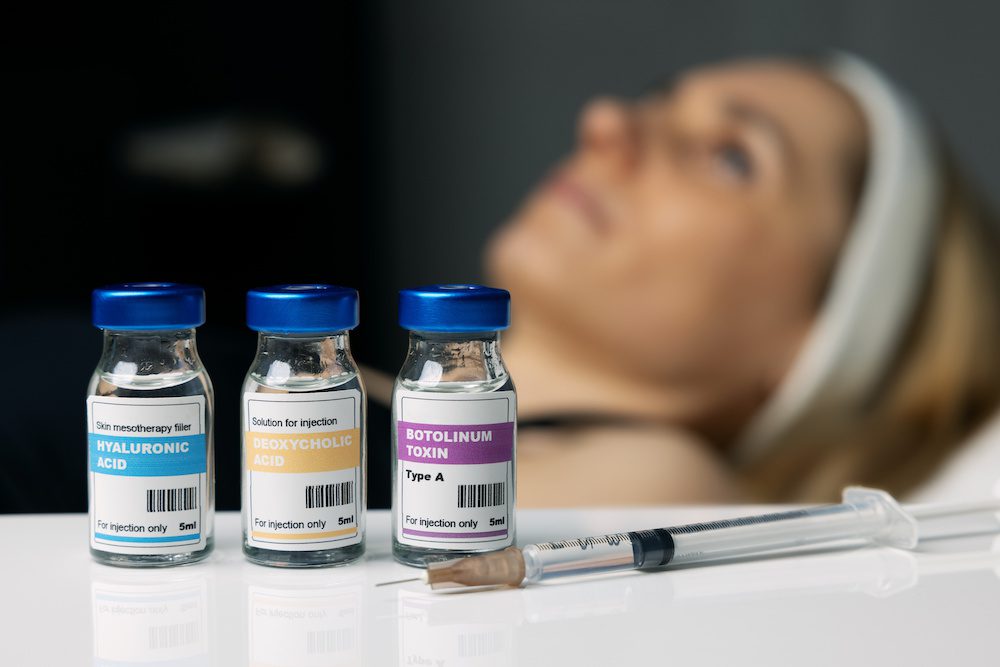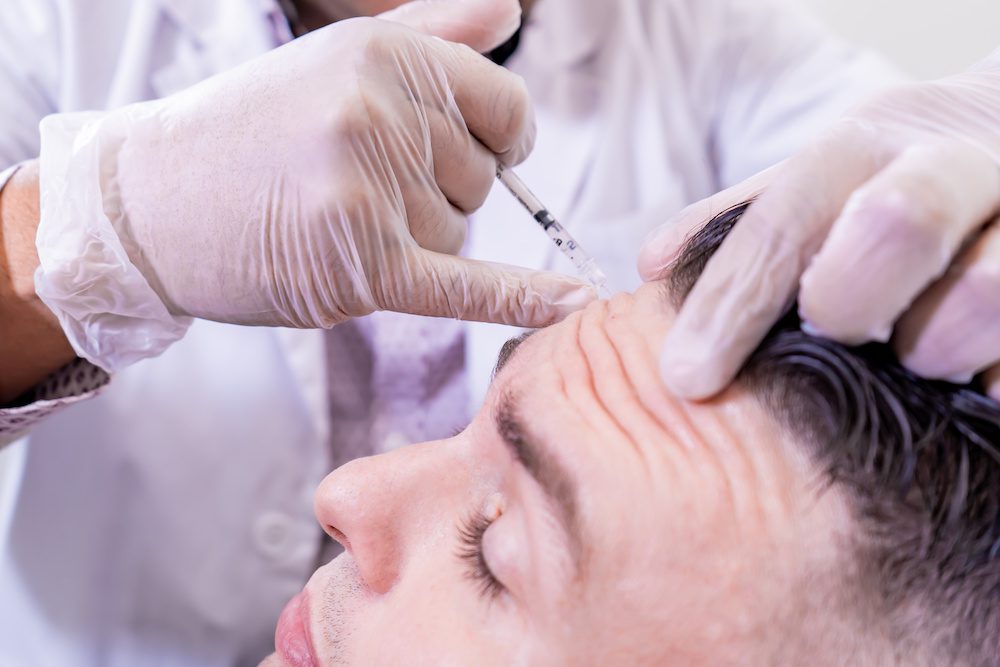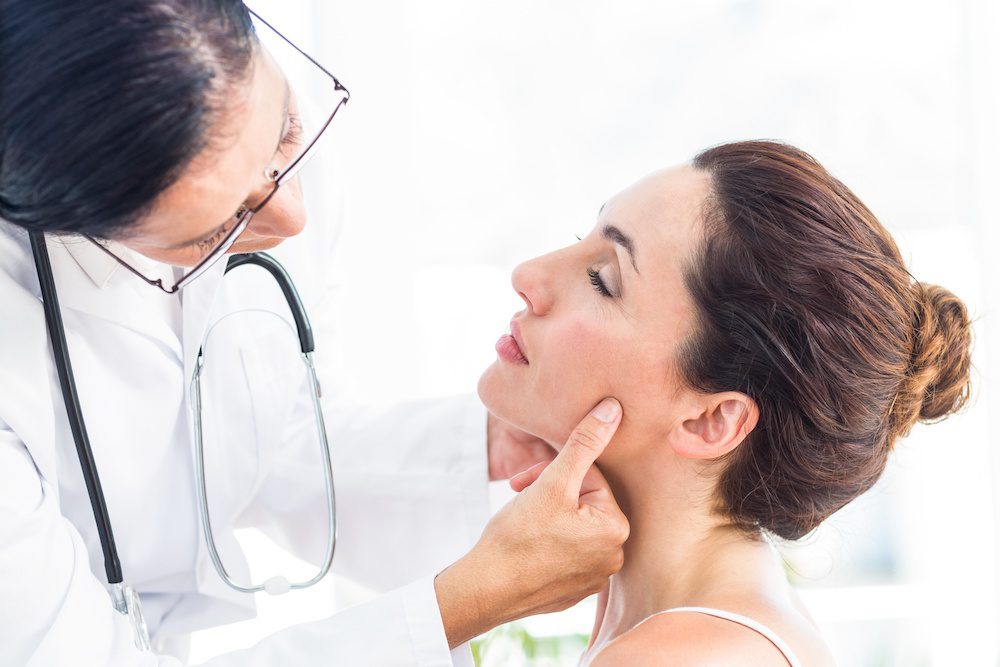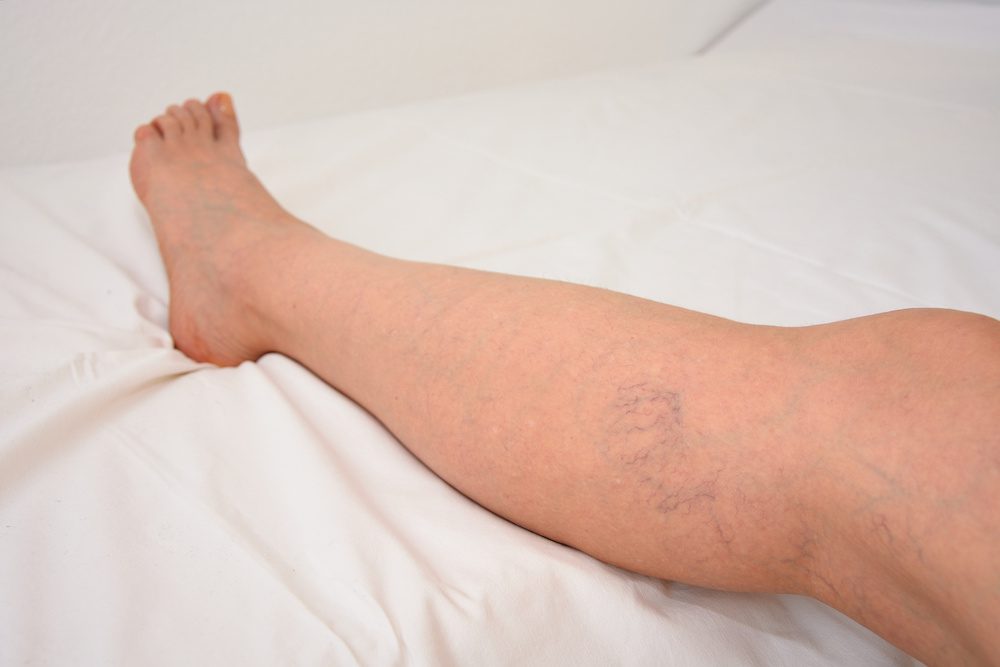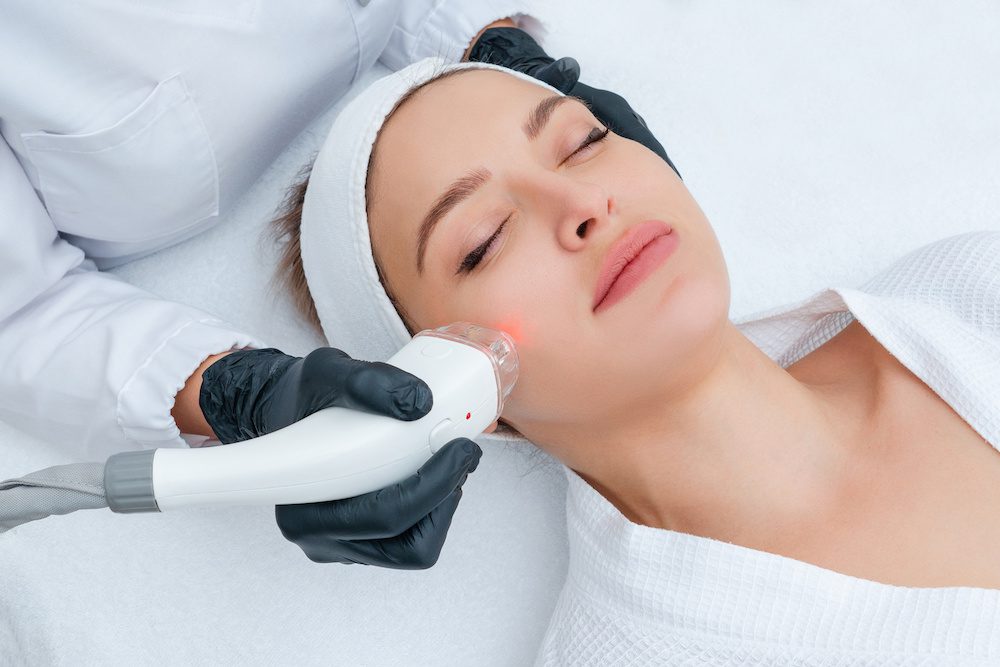When researching the effects of various cosmetic injectable products on the body, it’s unusual to see any mention of the fact that injectable treatments (including dermal fillers and Botox) do not necessarily have identical effects when used on different people. This is one reason why an experienced practitioner will approach new patients cautiously, applying products judiciously until they’ve established exactly how each patient reacts to different products and dosages.
The term metabolism refers to the various complex processes that together determine how effectively the body digests and converts the food and liquids that we consume. Our metabolism converts the calories we eat and the oxygen we breathe into energy, this energy in turn fuels all the body’s functions and processes. This includes everything that we need to stay alive, including breathing, maintaining blood circulation, growing and replacing damaged cells, and regulating the myriad of chemical and physical processes, such as maintaining hormone levels and body temperature. Everyone’s metabolism is different; they reflect our genetic history, medical history, the diet we consume, and lifestyle that we follow. Needless to say, this is a very complex subject!
With respect to today’s blog, however, metabolism plays a key role in how our body reacts to injectable products introduced into the body, and how effectively (and quickly) our body breaks down and eventually disposes of these products.
Metabolic Rate and Absorption of Injectables
The effects of Botox and the various injectable dermal filler products are not permanent – they only last for a certain period, after which they gradually disappear as the product is absorbed into the body and eventually eliminated. Our metabolic rate governs how slowly or quickly this happens.
It’s not generally possible to predict with certainty how long injectable results will last, but as a general rule people who have active lifestyles, and especially those that exercise regularly will have faster metabolic rates, and will consequently need to repeat their cosmetic procedures more often than those who are sedentary. Muscular individuals also tend to have faster metabolisms than slender people. Bear in mind that these are observations drawn from looking at large numbers of patients – there are always exceptions, such as some unusually fit people for whom Botox injections last much longer than we might estimate.
There is one recommendation, however – avoid strenuous exercise for a few days after any procedure involving injectable products. This gives the product time to spread and start to take effect. After about three days it’s generally considered safe to resume regular exercise.
Effects of Product Formulation
While the Botox formula is standardized, there are large variations in the formulation of the various dermal filler products that are available. Some include ingredients that provide more long-lasting results than others, especially those products designed to add a more rigid large-scale structure. Your practitioner will take all these variables into account when recommending when you should return for another session.
Estimating When to Repeat a Procedure
Even something as simple as determining how often a procedure needs to be repeated can be far from straightforward. For cosmetic issues there is often no objective way to measure the benefits – there are psychological factors that lead some patients to continue to experience the benefits of a procedure even after the physical effects have disappeared. Here at least a professional medically trained practitioner should be able to provide an impartial viewpoint and offer suggestions based on their particular experience.
Your Laser Skin Care
Your Laser Skin Care practitioners are medically qualified and experienced in providing both Botox and dermal filler procedures. We can provide expert advice on the best ways to address your particular situation. We also have extensive experience with a wide variety of other non-invasive cosmetic procedures and can help you choose the safest, most effective, and most cost-effective way to achieve your cosmetic goals. Call us at (323) 525-1516 to schedule a free consultation, or visit us online for more information.

